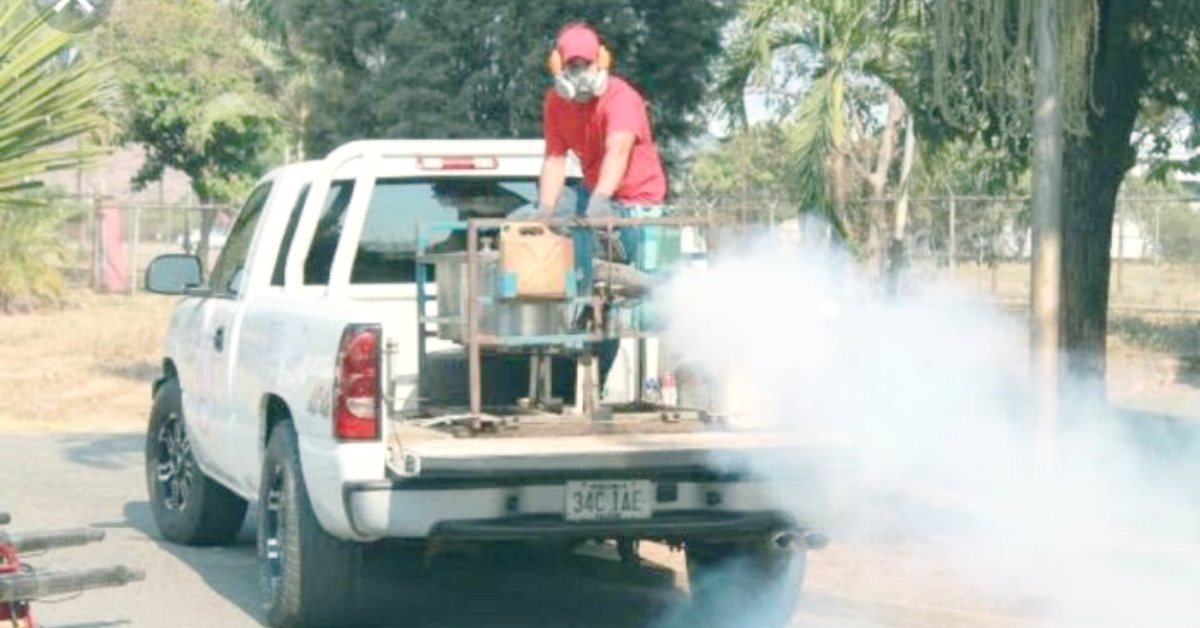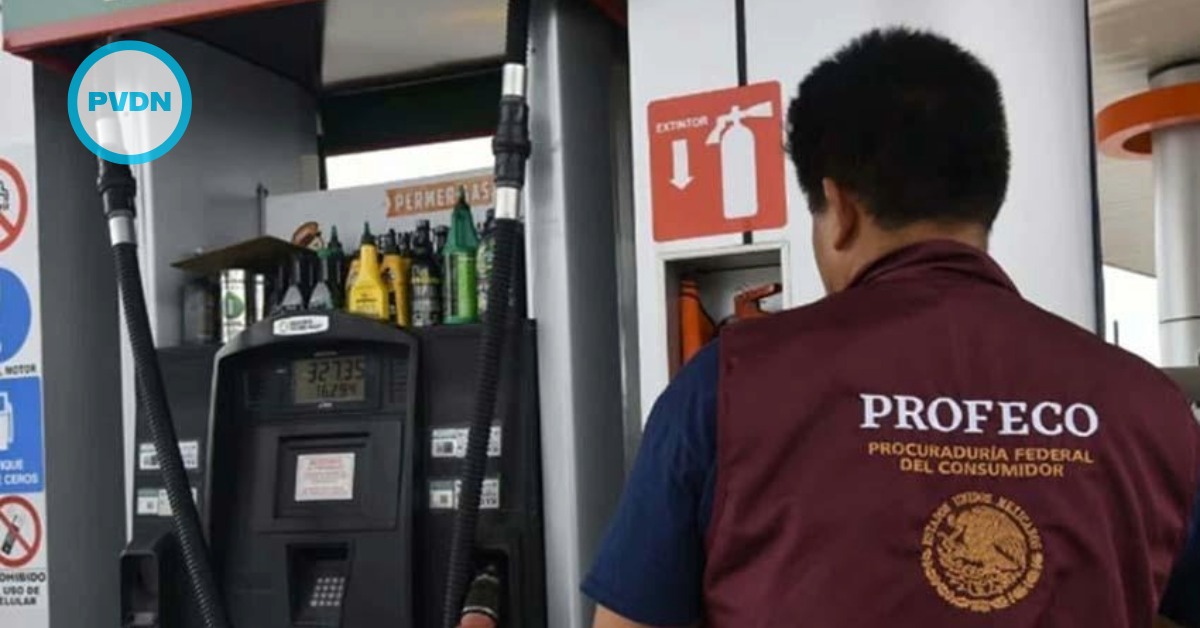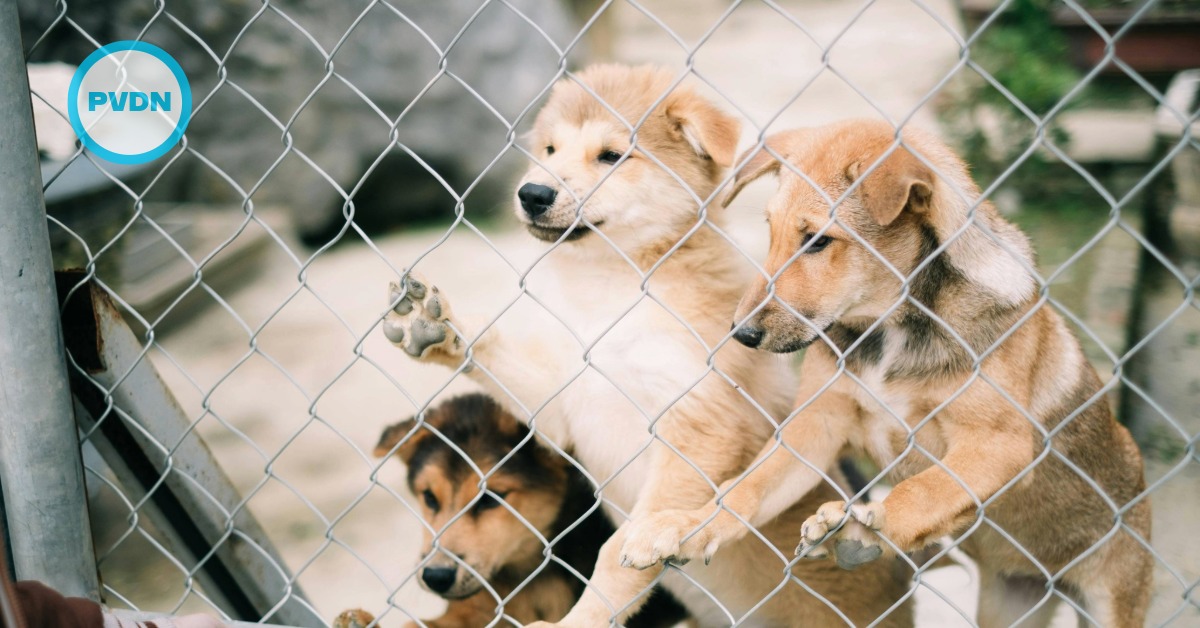PUERTO VALLARTA (PVDN) - Dengue, a viral infection transmitted by the Aedes aegypti mosquito, is poised to be one of the greatest public health threats Jalisco faces this summer, particularly in the wake of the rainy season. The illness has been causing significant health problems for the region's residents for the past 14 years, hitting an all-time high in the Guadalajara Metropolitan Area (ZMG) and Puerto Vallarta, densely populated and marginalized regions.






